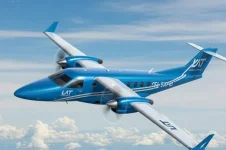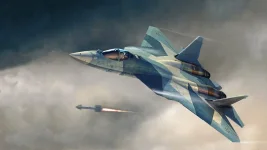- Views: 4K
- Replies: 25

India's ambitious plan to develop a domestically-produced regional transport aircraft (RTA) is gaining momentum as Civil Aviation Minister K. Rammohan Naidu prepares to present a funding proposal to the Finance Ministry.
This 90-seat turboprop aircraft, a joint effort by Hindustan Aeronautics Ltd (HAL) and the National Aerospace Laboratories (NAL), aims to bolster India's domestic aviation manufacturing capabilities and reduce reliance on foreign aircraft manufacturers like ATR.
The project has garnered significant support from both HAL and NAL, with NAL seeking approximately $2 billion in development costs. This funding would cover the creation of pre-production aircraft crucial for extensive flight testing and certification before full-scale production can commence.
Minister Naidu's proposal is a key step in securing initial government approval and subsequent funding, which is anticipated following the completion of the critical design review (CDR), a major milestone in the RTA program.
The RTA is poised to play a vital role in meeting the burgeoning demand for regional air travel in India, particularly in underserved and remote areas. It aligns with the government's UDAN (Ude Desh ka Aam Naagrik) scheme, which focuses on making air travel accessible to a wider population.
The 90-seat capacity is ideal for short-haul routes between smaller cities, often neglected by larger jet aircraft, and the aircraft will be designed for optimal performance on shorter runways and in less-developed airports.
Adding to the project's potential, several private sector companies with proven experience in manufacturing fuselage components for global giants like Airbus and Boeing have expressed strong interest in joining the RTA program. This collaboration is expected to inject further innovation, accelerate development, and enhance the RTA's competitiveness in the global market.
Beyond meeting domestic needs, the RTA project carries strategic importance for India's broader aerospace ambitions. Successfully developing and manufacturing this aircraft will place India among a select group of nations capable of such a feat. It also opens potential export opportunities, positioning India as a key player in the growing global turboprop market.


